MRAM 4 Click
R2,500.00 ex. VAT
MRAM 4 Click is a compact add-on board representing a magneto-resistive random-access memory solution. This board features the EM064LXQADG13IS1R, an industrial STT-MRAM persistent memory from Everspin Technologies. It is a 64Mb MRAM IC RAM and can achieve up to 200MHz as a single and double data rate (STR/DTR). The MRAM technology is analog to Flash technology with SRAM-compatible read/write timings (Persistent SRAM, P-SRAM), where data is always non-volatile. It also has a hardware write-protection feature and performs read and write operations with data retention for ten years and unlimited read, write, and erase operations for the supported life of the chip. This Click board™ makes the perfect solution for the development of applications that need data storage and retrieval without incurring significant latency penalties.
MRAM 4 Click is fully compatible with the mikroBUS™ socket and can be used on any host system supporting the mikroBUS™ standard. It comes with the mikroSDK open-source libraries, offering unparalleled flexibility for evaluation and customization. What sets this Click board™ apart is the groundbreaking ClickID feature, enabling your host system to seamlessly and automatically detect and identify this add-on board.
Stock: Lead-time applicable.
| 5+ | R2,375.00 |
| 10+ | R2,250.00 |
| 15+ | R2,125.00 |
| 20+ | R2,045.00 |


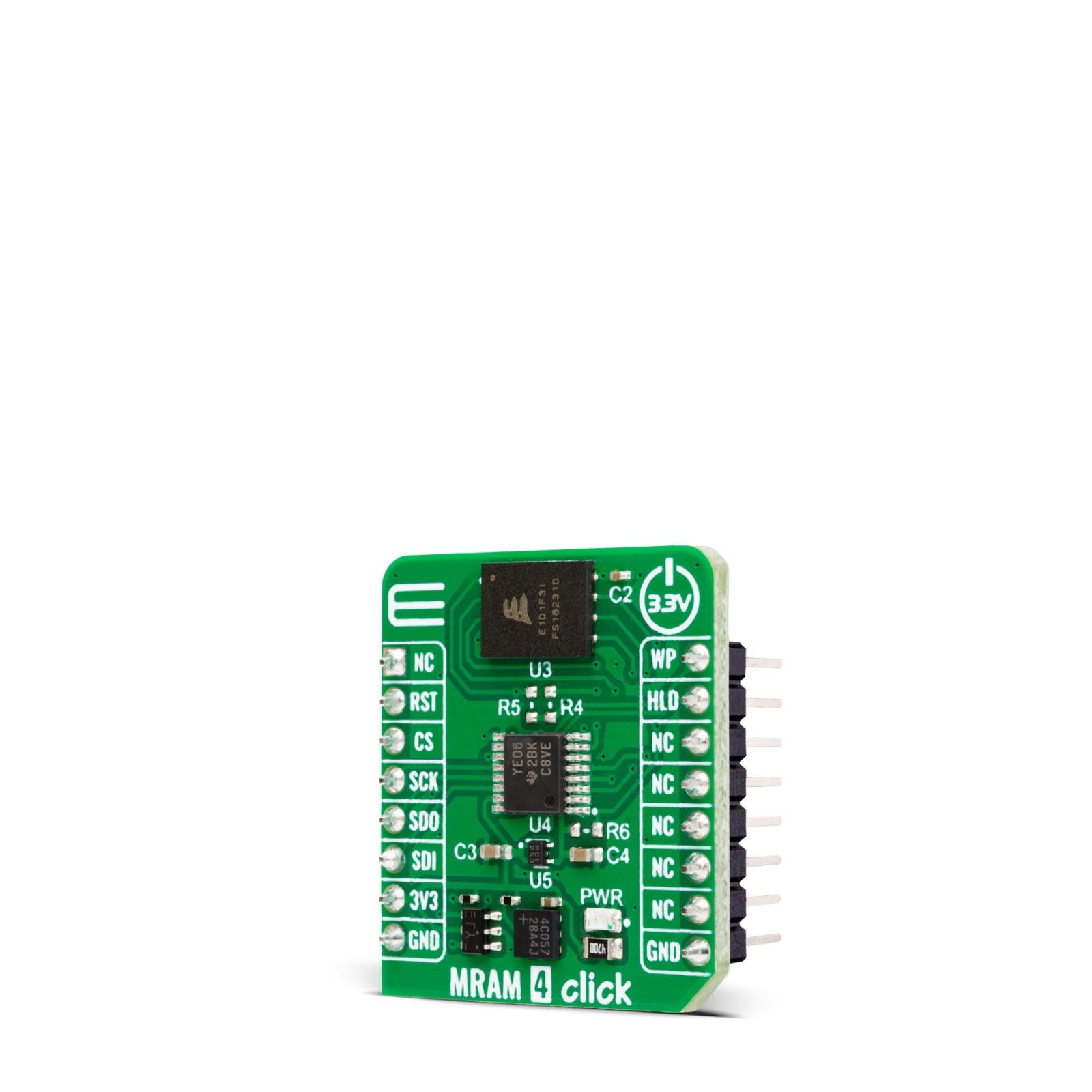
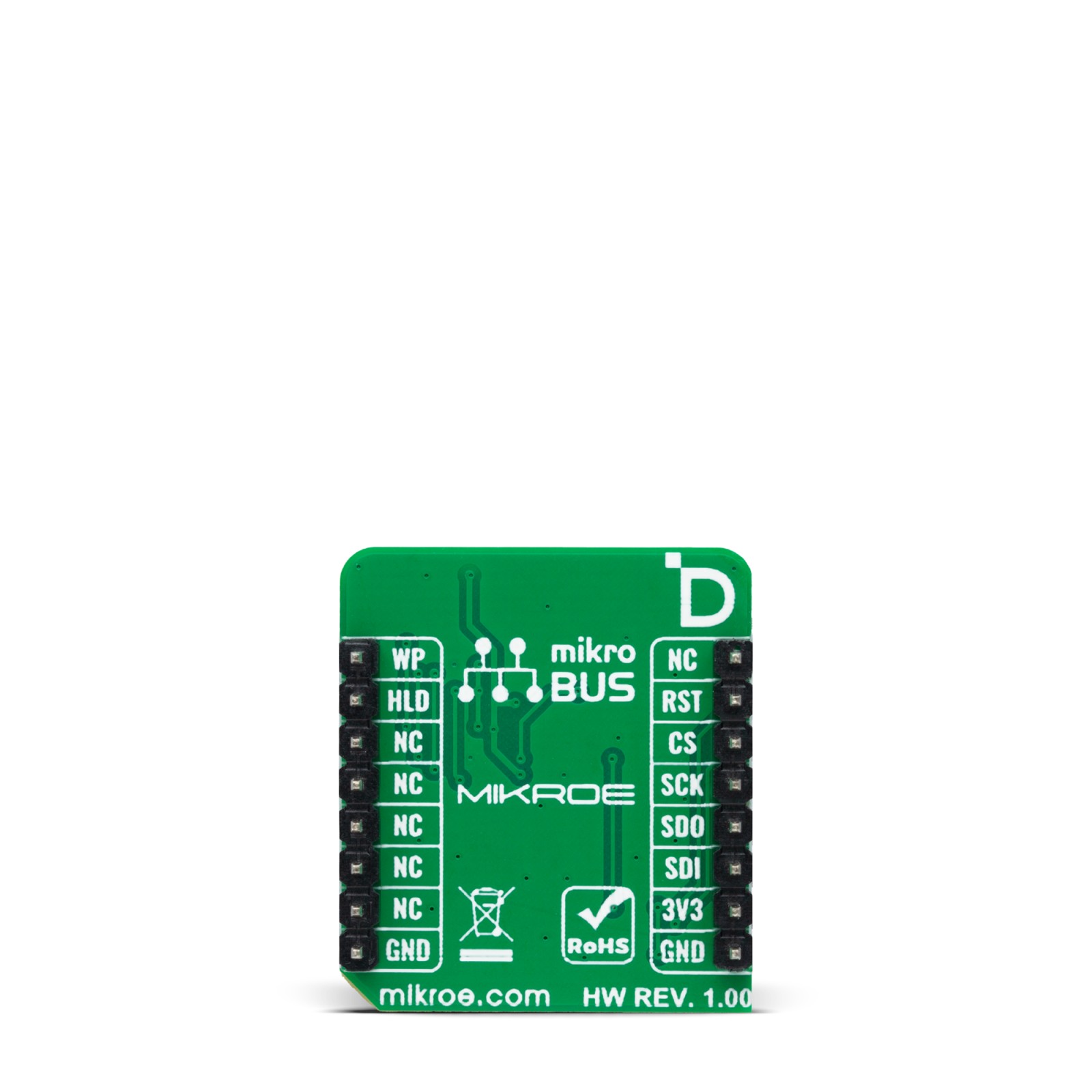
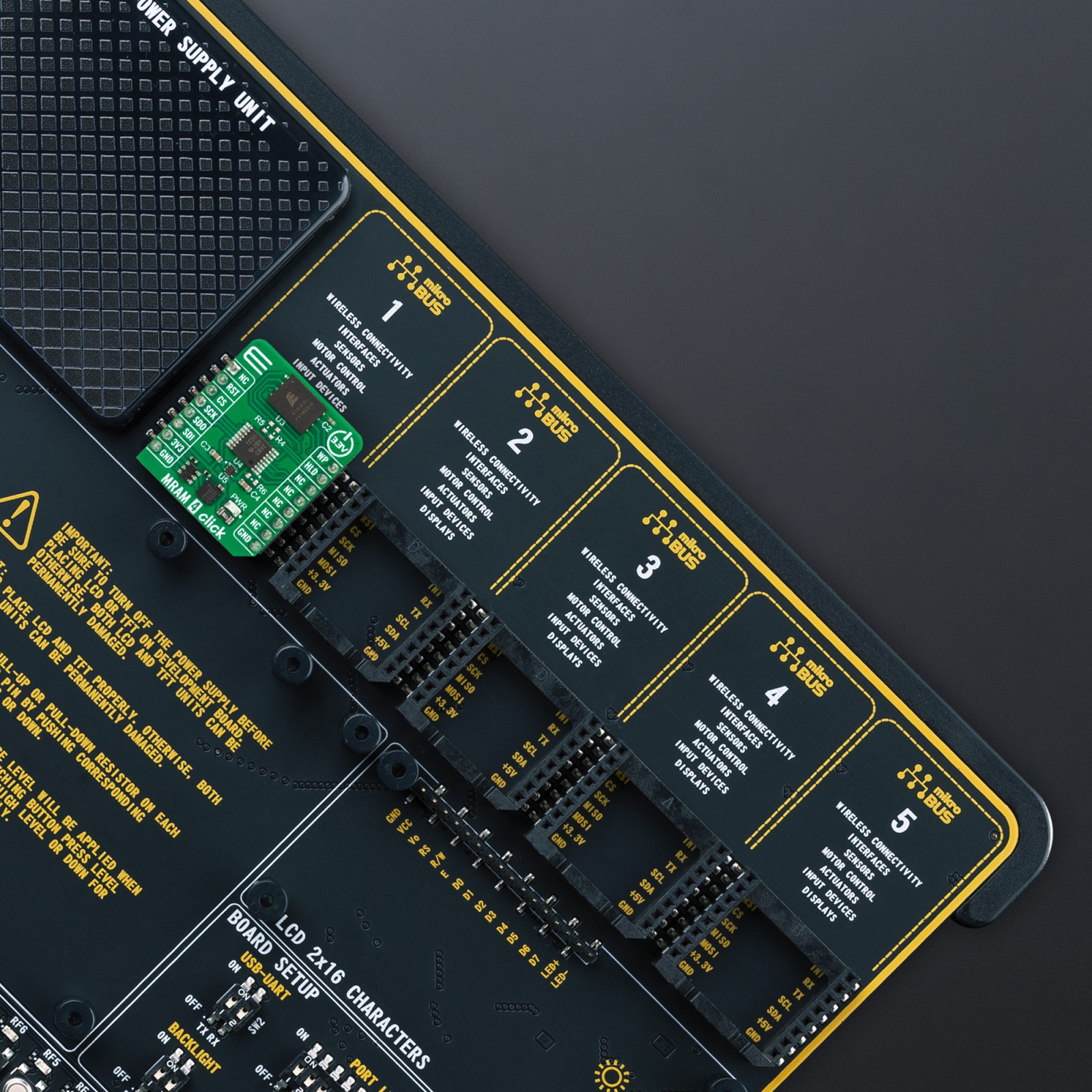

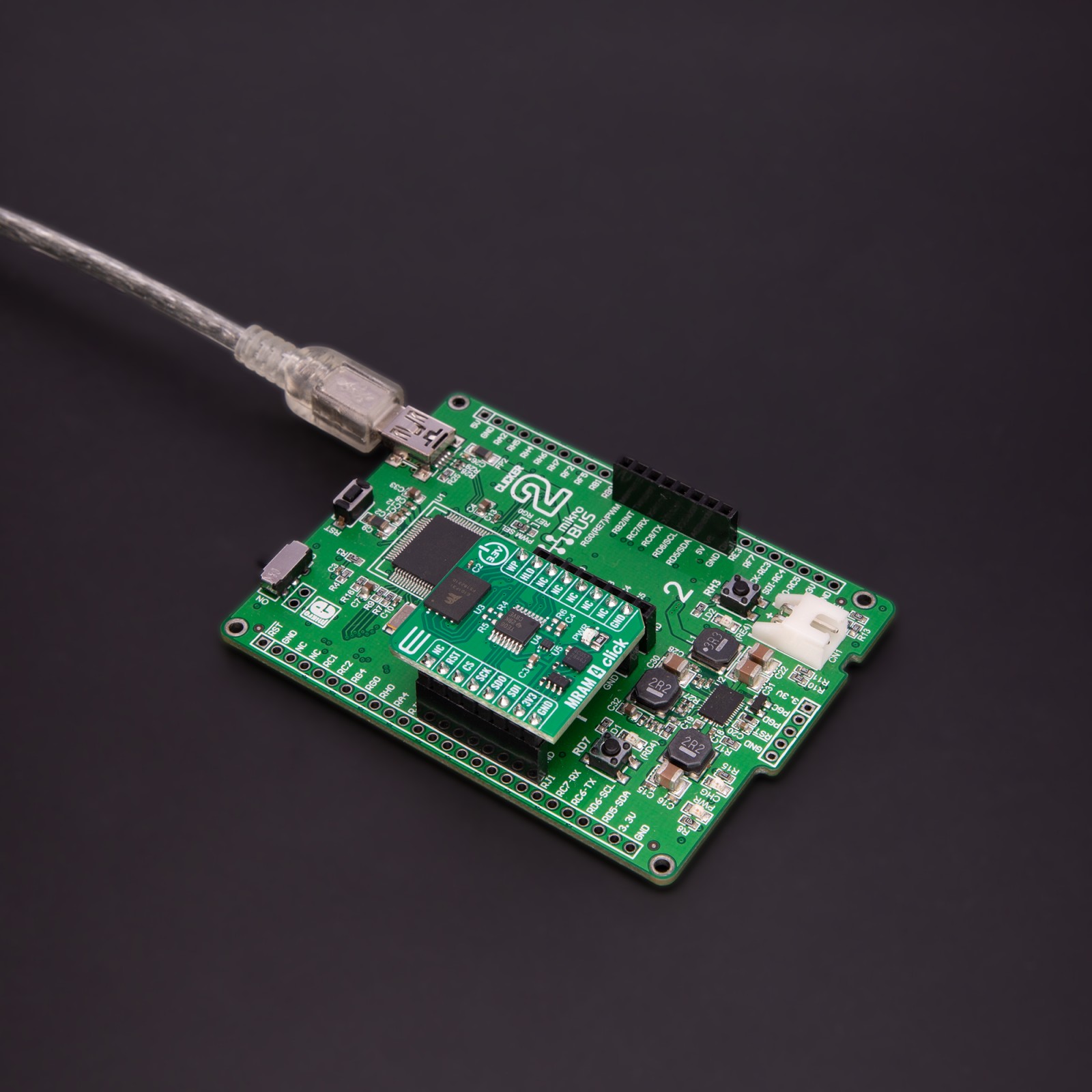
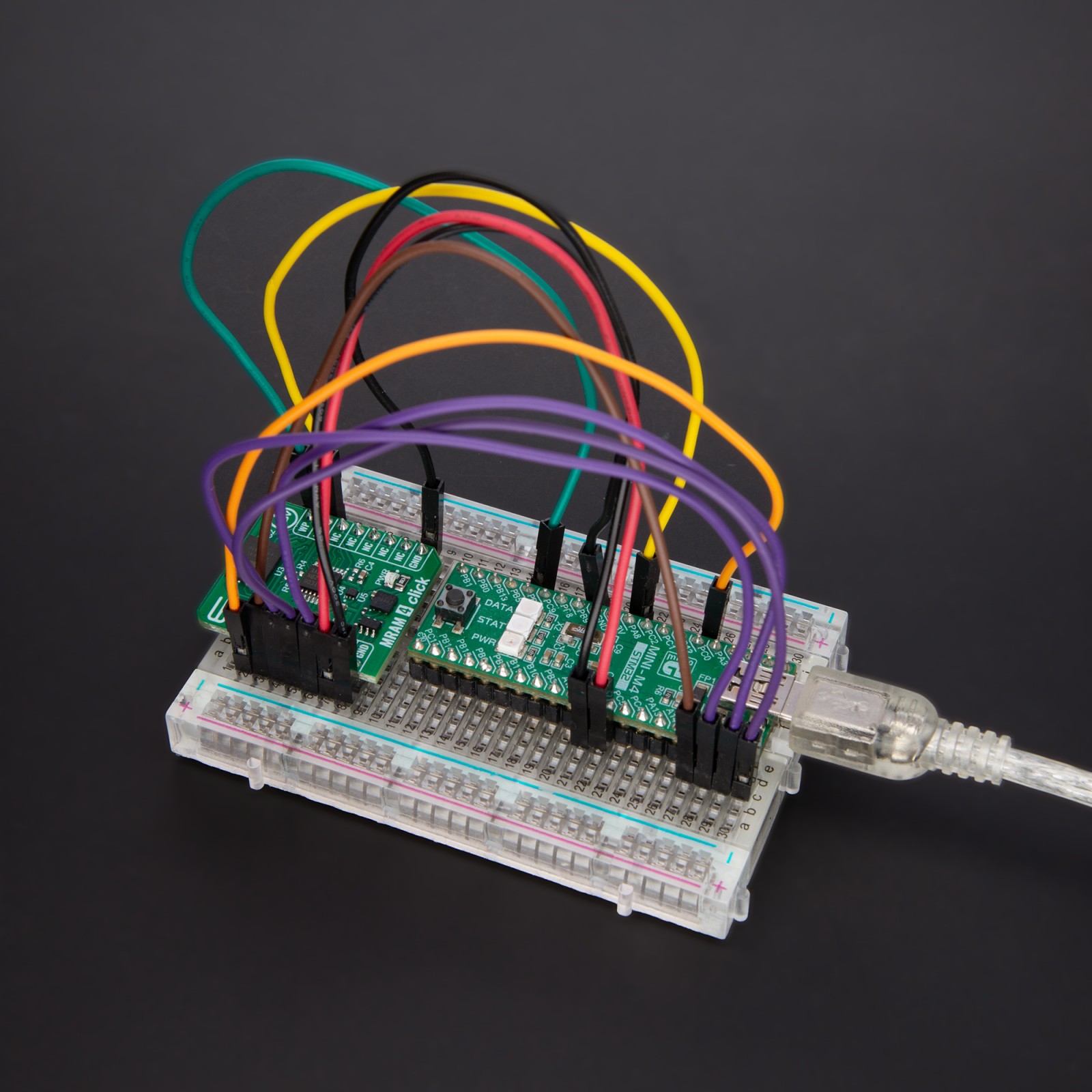

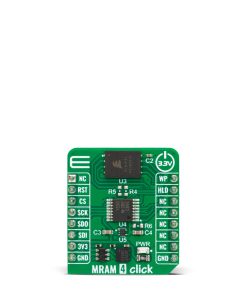

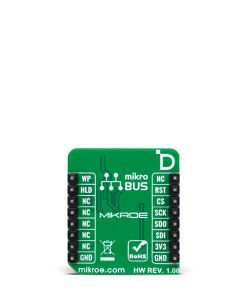
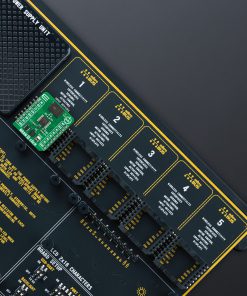


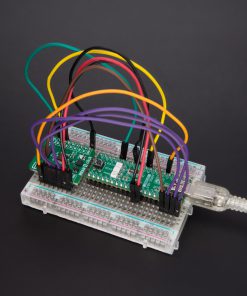
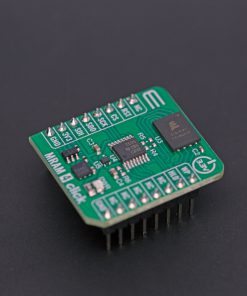
.jpg)








